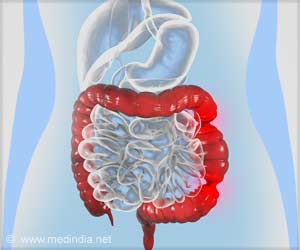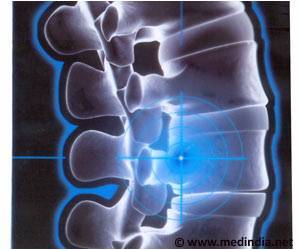An Australian researcher says that a faulty alarm at the cellular level could be responsible for many rare and incurable conditions involving mitochondria – the energy source contained within cells.
The findings of the research carried out in the laboratory of microbiologist Professor Paul Fisher, La Trobe University, have been published in the international journal Molecular Biology of the Cell.The government of state of Victoria seems excited at the immense possibilities opened up. Minister for Innovation John Brumby, announced details of the new mitochondrial theory at BIO2007 – a biotechnology conference attracting 19,000 delegates – in Boston in May.
‘Thanks to this research,’ Brumby said, ‘we now have a completely new understanding of how mitochondrial disease is caused – from a signalling disorder in the cells, rather than a fundamental energy insufficiency as was previously thought.’
‘The finding has important implications for the development of drug therapies to treat the many different forms of mitochondrial disease, as well as for most major neurodegenerative disorders.’
Mitochondria are responsible for creating more than 90% of the energy needed by the body to sustain life and support growth. When they fail, less and less energy is generated within the cell. Cell injury and even cell death follow. If this process is repeated throughout the body, whole systems begin to fail, and the life of the person in whom this is happening is severely compromised. The disease primarily affects children, but adult onset is becoming more and more common.
Diseases of the mitochondria appear to cause the most damage to cells of the brain, heart, liver, skeletal muscles, kidney and the endocrine and respiratory systems.
Advertisement
Professor Fisher has shown in the laboratory that an energy-sensing protein, known as AMPK, is permanently activated in mitochondrially diseased cells. When energy supplies drop, it begins signalling and interfering with other signalling pathways, causing cell functions to shut down.
Advertisement
‘If we can suppress the symptoms in humans as well, this research may provide the first possibility of treating mitochondrial diseases,’ Professor Fisher said.
About 1,000 people at any one time suffer from genetic defects of the mitochondria in Australia, resulting in a varied range of symptoms. More than 50 children develop these conditions annually and more than half die before adulthood.
‘All of the major neurodegenerative diseases such as Alzheimer’s, Huntington’s and Parkinson’s also involve mitochondrial defects,’ Professor Fisher said. ‘They might also be turning on this alarm protein.’ AMPK plays a ‘smoke alarm’ role to censor an impending energy crisis and to take remedial action.
‘If there is an energy problem, the cell does not want to embark on division or processes that consume energy,’ Professor Fisher said. ‘So the protein switches them off before the situation becomes critical.’ In healthy cells, energy supplies return to normal, as does cell functioning, but in diseased cells AMPK activity may trigger a permanent shut-down.
‘In these cases, AMPK acts like an oversensitive smoke alarm that goes off every time you cook toast. Imagine if it locked every window and door to stop the fire spreading and turned off the electricity and gas. This is worse than the problem it tried to solve,’ Professor Fisher said.
Source-Medindia
GPL/P






